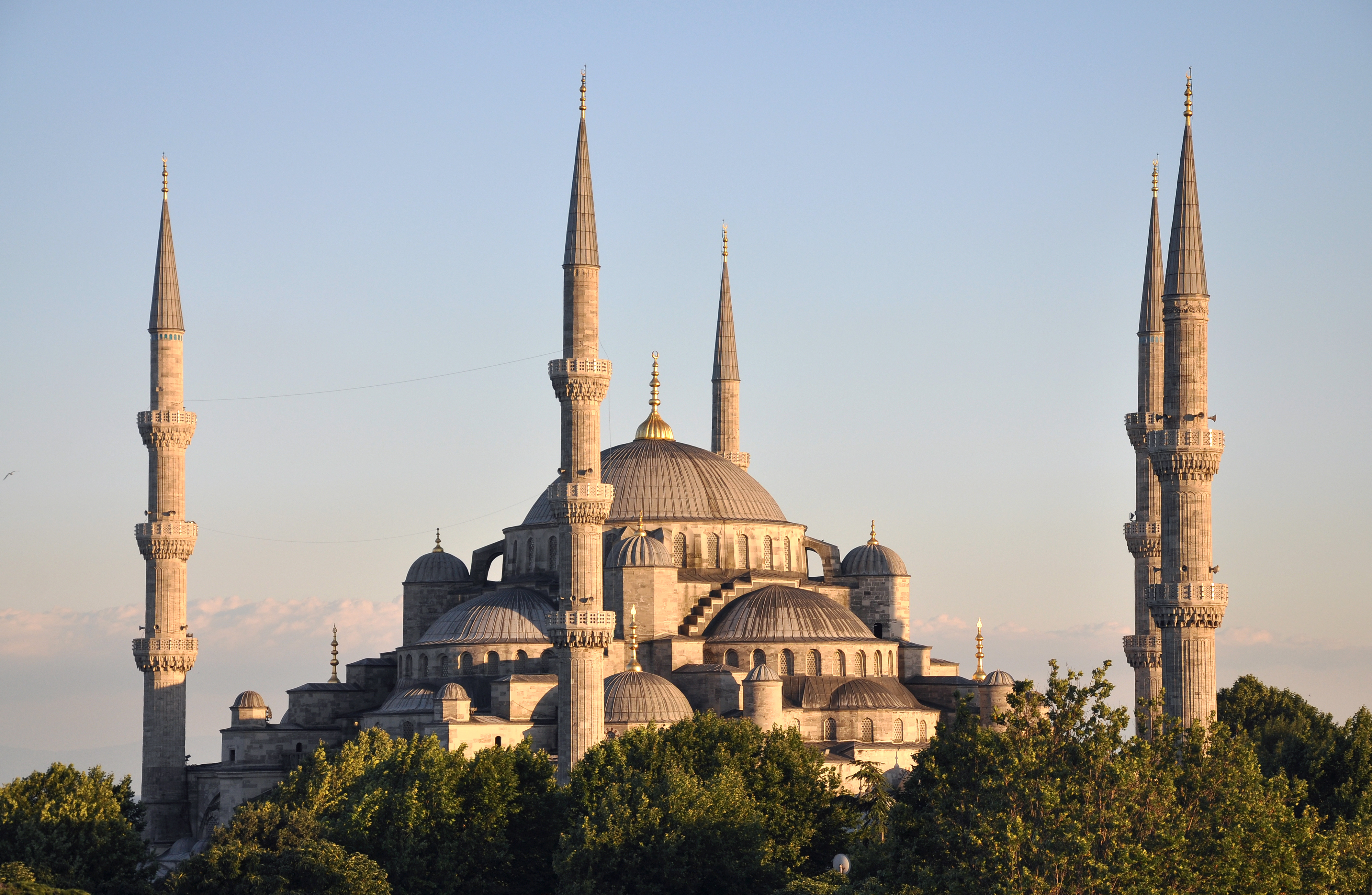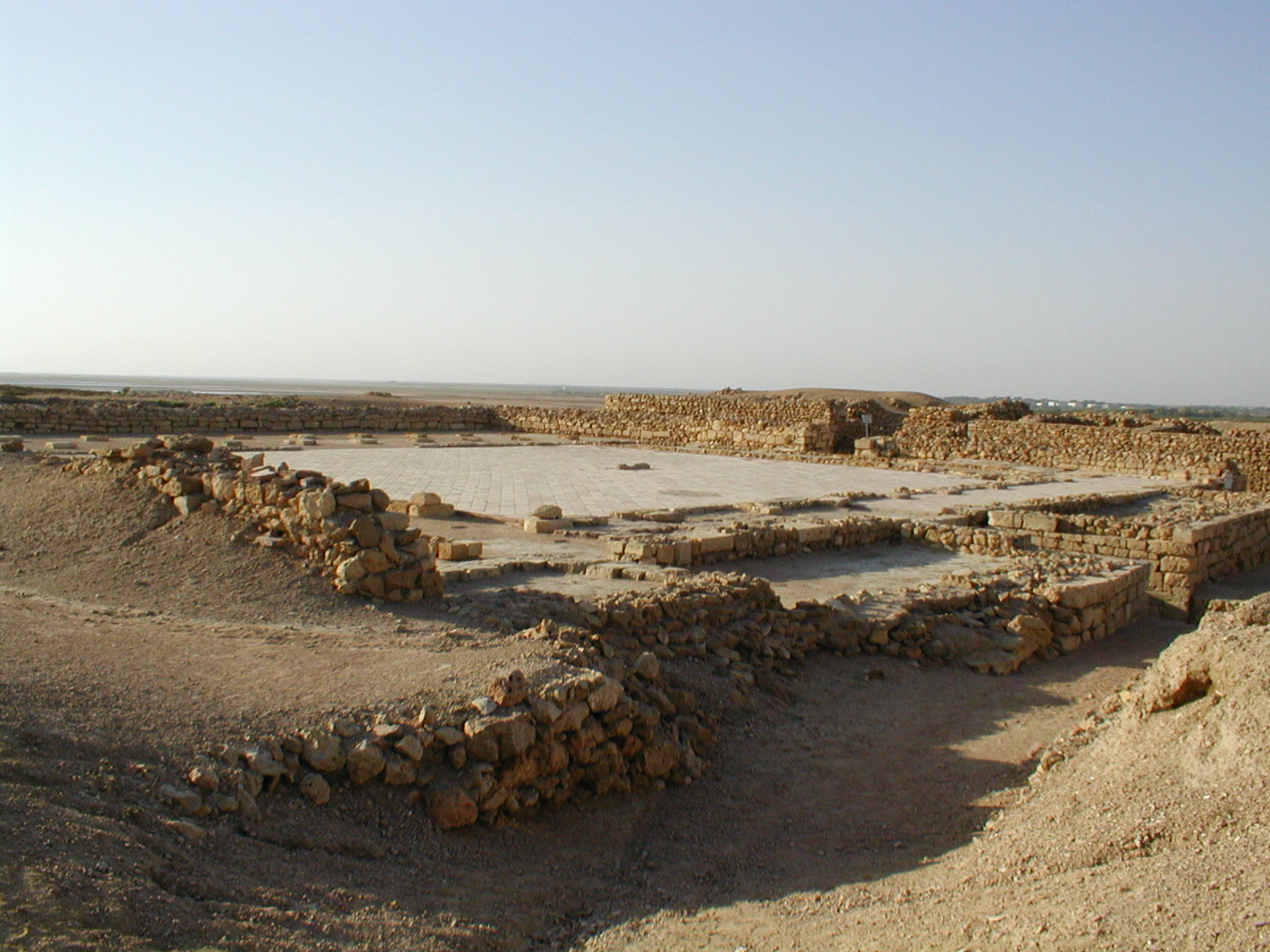|
Al-Sadiq Mosque, Bahawalpur
Al-Sadiq Mosque is a mosque located in Bahawalpur, Punjab, Pakistan. Its foundation stone was laid by Great Sufi of Chishtia clan and the Spiritual Master of Nawab of Bahawalpur Noor Muhammad Maharvi more than 200 years ago. The renovation was done by the order of Sir Sadiq Muhammad Khan Abbasi in 1935 after returning from hajj. 50,000 to 60,000 people can pray in the mosque at a time. The mosque covers an area of 24 canal. See also * List of mosques in Pakistan * Islam in Pakistan Islam is the largest and the state religion of the Islamic Republic of Pakistan. As much as 90% of the population follows Sunni Islam. Most Pakistani Sunni Muslims belong to the Hanafi school of jurisprudence, which is represented by t ... * Moorish Mosque, Kapurthala References Bahawalpur (princely state) Mosques in Punjab, Pakistan Tourist attractions in Bahawalpur 1860s establishments in British India {{Pakistan-mosque-stub ... [...More Info...] [...Related Items...] OR: [Wikipedia] [Google] [Baidu] |
Sunni Islam
Sunni Islam () is the largest branch of Islam, followed by 85–90% of the world's Muslims. Its name comes from the word ''Sunnah'', referring to the tradition of Muhammad. The differences between Sunni and Shia Muslims arose from a disagreement over the succession to Muhammad and subsequently acquired broader political significance, as well as theological and juridical dimensions. According to Sunni traditions, Muhammad left no successor and the participants of the Saqifah event appointed Abu Bakr as the next-in-line (the first caliph). This contrasts with the Shia view, which holds that Muhammad appointed his son-in-law and cousin Ali ibn Abi Talib as his successor. The adherents of Sunni Islam are referred to in Arabic as ("the people of the Sunnah and the community") or for short. In English, its doctrines and practices are sometimes called ''Sunnism'', while adherents are known as Sunni Muslims, Sunnis, Sunnites and Ahlus Sunnah. Sunni Islam is sometimes referr ... [...More Info...] [...Related Items...] OR: [Wikipedia] [Google] [Baidu] |
Bahawalpur
Bahawalpur () is a city in the Punjab province of Pakistan. With inhabitants as of 2017, it is Pakistan's 11th most populous city. Founded in 1748, Bahawalpur was the capital of the former princely state of Bahawalpur, ruled by the Abbasi family of ''Nawabs'' until 1955. The ''Nawabs'' left a rich architectural legacy, and Bahawalpur is now known for its monuments dating from that period. The city lies at the edge of the Cholistan Desert, and serves as the gateway to the nearby Lal Suhanra National Park. History Bahawalpur was among the 584 princely states before the Partition of India. Early history Bahawalpur State was home to various ancient societies. The Bahawalpur region was part of Multan province of Mughal Empire in recent history. It contains ruins from the Indus Valley civilisation, as well as ancient Buddhist sites such as the nearby Patan minara. British archaeologist Sir Alexander Cunningham identified the Bahawalpur region as home of the Yaudheya king ... [...More Info...] [...Related Items...] OR: [Wikipedia] [Google] [Baidu] |
Punjab, Pakistan
Punjab (; , ) is one of the four provinces of Pakistan. Located in central-eastern region of the country, Punjab is the second-largest province of Pakistan by land area and the largest province by population. It shares land borders with the Pakistani provinces of Khyber Pakhtunkhwa to the north-west, Balochistan to the south-west and Sindh to the south, as well as Islamabad Capital Territory to the north-west and Autonomous Territory of AJK to the north. It shares an International border with the Indian states of Rajasthan and Punjab to the east and Indian-administered Kashmir to the north-east. Punjab is the most fertile province of the country as River Indus and its four major tributaries Ravi, Jhelum, Chenab and Sutlej flow through it. The province forms the bulk of the transnational Punjab region, now divided among Pakistan and India. The provincial capital is Lahore — a cultural, modern, historical, economic, and cosmopolitan centre of Pakistan. Other major ci ... [...More Info...] [...Related Items...] OR: [Wikipedia] [Google] [Baidu] |
Pakistan
Pakistan ( ur, ), officially the Islamic Republic of Pakistan ( ur, , label=none), is a country in South Asia. It is the world's List of countries and dependencies by population, fifth-most populous country, with a population of almost 243 million people, and has the world's Islam by country#Countries, second-largest Muslim population just behind Indonesia. Pakistan is the List of countries and dependencies by area, 33rd-largest country in the world by area and 2nd largest in South Asia, spanning . It has a coastline along the Arabian Sea and Gulf of Oman in the south, and is bordered by India to India–Pakistan border, the east, Afghanistan to Durand Line, the west, Iran to Iran–Pakistan border, the southwest, and China to China–Pakistan border, the northeast. It is separated narrowly from Tajikistan by Afghanistan's Wakhan Corridor in the north, and also shares a maritime border with Oman. Islamabad is the nation's capital, while Karachi is its largest city and fina ... [...More Info...] [...Related Items...] OR: [Wikipedia] [Google] [Baidu] |
Mosque
A mosque (; from ar, مَسْجِد, masjid, ; literally "place of ritual prostration"), also called masjid, is a Place of worship, place of prayer for Muslims. Mosques are usually covered buildings, but can be any place where prayers (sujud) are performed, including outdoor courtyards. The first mosques were simple places of prayer for Muslims, and may have been open spaces rather than buildings. In the first stage of Islamic architecture, 650-750 CE, early mosques comprised open and closed covered spaces enclosed by walls, often with minarets from which Adhan, calls to prayer were issued. Mosque buildings typically contain an ornamental niche (''mihrab'') set into the wall that indicates the direction of Mecca (''qiblah''), Wudu, ablution facilities. The pulpit (''minbar''), from which the Friday (jumu'ah) sermon (''khutba'') is delivered, was in earlier times characteristic of the central city mosque, but has since become common in smaller mosques. Mosques typically have Isl ... [...More Info...] [...Related Items...] OR: [Wikipedia] [Google] [Baidu] |
Punjab (Pakistan)
Punjab (; , ) is one of the Administrative units of Pakistan, four provinces of Pakistan. Located in Geography of Pakistan, central-eastern region of the country, Punjab is the second-largest province of Pakistan by land area and the Demographics of Pakistan, largest province by population. It shares land borders with the Pakistani provinces of Khyber Pakhtunkhwa to the north-west, Balochistan, Pakistan, Balochistan to the south-west and Sindh to the south, as well as Islamabad Capital Territory to the north-west and Azad Jammu & Kashmir, Autonomous Territory of AJK to the north. It shares an Indo-Pakistani border, International border with the States and union territories of India, Indian states of Rajasthan and Punjab, India, Punjab to the east and Indian-administered Kashmir to the north-east. Punjab is the most fertile province of the country as River Indus and its four major tributaries River Ravi, Ravi, River Jhelum, Jhelum, River Chenab, Chenab and River Sutlej, Sutlej flo ... [...More Info...] [...Related Items...] OR: [Wikipedia] [Google] [Baidu] |
Noor Muhammad Maharvi
Noor Muhammad Maharvi ( pa, ; born 2 April 1746, died 3 August 1793) was a Sufi saint of Chishti Order in Chishtian, Punjab, Pakistan. Early life Maharvi was born in 1746 at Chhotala near Bahawalnagar of the Sikh Empire. He was a Muslim Panwar Kharal, many native tribes in Punjab region and Sindh became Muslim due to his teachings. The dargah of Maharvi is located in Chishtian, Pakistan. Life and Teachings Maharvi received his spiritual initiation in the Chishti Order at the hands of Molana Fakhruddin Jehan Dehlvi of Dehli. He was designated his successor and later returned to Punjab, where he propagated and disseminated the religious traditions associated with Chishti mysticism. Maharvi was known to travel to the shrine of Fariduddin Ganjshakar at Pakpattan Pakpattan (Punjabi and ), often referred to as Pākpattan Sharīf (; ''"Noble Pakpattan"''), is the capital city of the Pakpattan District, located in Punjab province of Pakistan. It is the 48th largest city of ... [...More Info...] [...Related Items...] OR: [Wikipedia] [Google] [Baidu] |
Sadeq Mohammad Khan V
General Nawab Sir Sadiq Muhammad Khan V Abbasi ( ur, ) (born 29 September 1904, in Derawar – died 24 May 1966, in London) was the Nawab, and later Amir, of Bahawalpur State from 1907 to 1966. He became the Nawab on the death of his father when he was only three years old. A Council of Regency, with Sir Rahim Bakhsh as its President, ruled on his behalf until 1924. The Nawab served as an officer with the British Indian Army, fighting in the Third Afghan War (1919) and commanding forces in the Middle East during the Second World War. By 1947, its institutions consisted of departments run by trained civil servants; there was a Ministerial Cabinet headed by a prime minister; the State Bank was the Bank of Bahawalpur, with branches outside the State, including Karachi, Lahore ; there was a high court and lower courts; a trained police force and an army commanded by officers trained at the Royal Indian Military Academy at Dehra Doon. The Nawab had a keen interest in educatio ... [...More Info...] [...Related Items...] OR: [Wikipedia] [Google] [Baidu] |
Cana (unit)
A cana was a unit of length used in the former Crown of Aragon. The exact meaning was not consistent, but the use in Barcelona was a distance of . It is around the same value as the Vara (unit of length), vara of Aragon, a seldom used Spanish and Portuguese unit of length. See also * List of obsolete units of measurement * Portuguese customary units * Spanish customary units References Obsolete units of measurement Units of length {{Measurement-stub ... [...More Info...] [...Related Items...] OR: [Wikipedia] [Google] [Baidu] |
List Of Mosques In Pakistan ...
Being an Islamic country, Pakistan is home to thousands of mosques. Some of the mosques are quite famous because of their size, beauty, architecture and history. The following is a list of mosques in Pakistan. See also * Islam in Pakistan * Lists of mosques ** Mosques of Lahore References {{List of mosques Mosques A mosque (; from ar, مَسْجِد, masjid, ; literally "place of ritual prostration"), also called masjid, is a place of prayer for Muslims. Mosques are usually covered buildings, but can be any place where prayers ( sujud) are performed, i ... [...More Info...] [...Related Items...] OR: [Wikipedia] [Google] [Baidu] |
Islam In Pakistan
Islam is the largest and the state religion of the Islamic Republic of Pakistan. As much as 90% of the population follows Sunni Islam. Most Pakistani Sunni Muslims belong to the Hanafi school of jurisprudence, which is represented by the Barelvi and Deobandi traditions. Pakistan has been called a "global centre for political Islam". Pakistani nationalist narrative is based on the idea that Muslims of the Subcontinent are an independent nation with their own distinctive outlook on life that is different from the rest of subcontinent. Islam in Pakistan existed in communities along the Arab coastal trade routes in Sindh as soon as the religion originated and had gained early acceptance in the Arabian Peninsula. The connection between the Sind and Islam was established by the initial Muslim missions during the Rashidun Caliphate. Al-Hakim ibn Jabalah al-Abdi, who attacked Makran in the year 649 CE, was an Army officer of Caliph Ali. During the Caliphate of Ali, many Hind ... [...More Info...] [...Related Items...] OR: [Wikipedia] [Google] [Baidu] |






